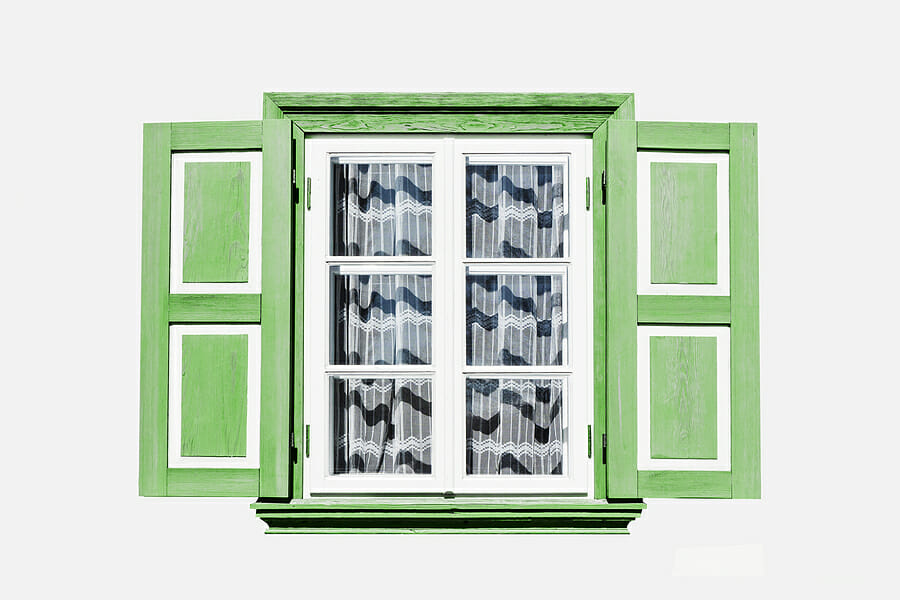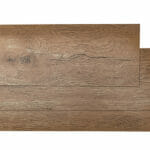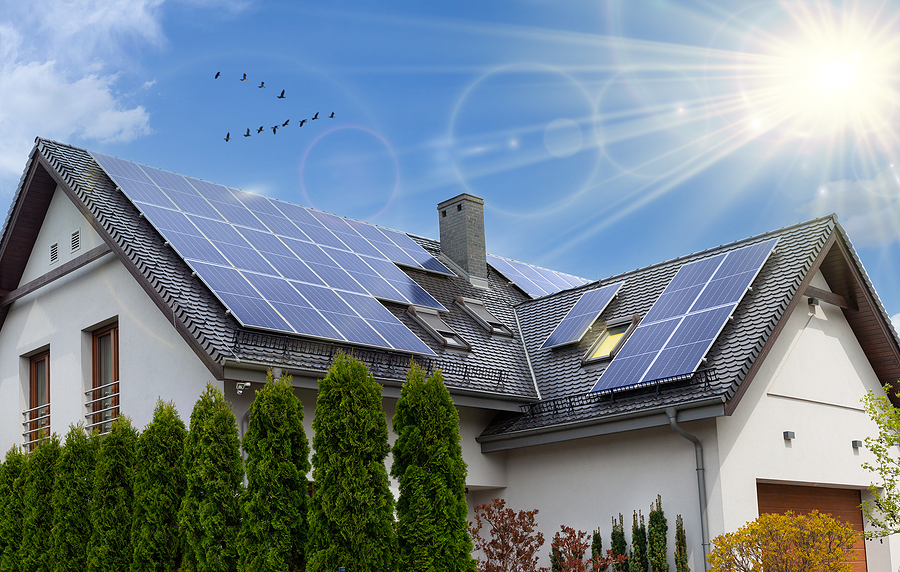Are you renovating your home? Windows are one of the most significant investments in homes and energy budgets.
Windows usually come with aluminum or vinyl frames to minimize energy loss. However, these frames lose their appeal if they’re not keeping with your decor.
What kinds of window shutters are there? How can you decide which would work for your home? Read on for answers to those questions.
What Are Window Shutters
Table of Contents
Window Shutters are movable boards or panels installed on the outside or inside window frames of a home or other residence. They are highly customizable and come in various shapes, sizes, and materials. There are three main types of shutters:
Louvered
This shutter style features multiple angled slats, or louvers, that can be opened or closed by cranking a handle. It is highly functional. It provides ventilation through the open louvers and privacy and light control when the shutters are closed.
Louvered shutters are available in various materials, including wood, vinyl, and fiberglass. Depending on style and preference, you can choose to install traditional shutters with mullions, typically hinged in the middle, or panel-type shutters that are usually framed with several individual sections, each with a set of louvered slats.
Louvered shutters are a great way to add versatility, character, and a modern look to any room.
Paneled
This type of shutter addresses numerous qualities, such as providing privacy, natural light, and climate control in one package. Panel shutters consist of window frames with overlapping panels.
The panels can be opened and tilted for various purposes. This allows natural light to enter the room, providing ventilation, complete light blockage, and privacy.
This type of shutter is specially designed with hinges and other necessary parts to ensure the opening and closing of the panels without difficulty. Panel shutters provide added durability and strength against outside weather elements, making them perfect for any room in the home.
Board and Batten
These are exciting window shutters that add an old-style charm to a home. They have a linear and squared look, unlike traditional louvered shutters. They are made by joining vertical boards and horizontal battens of wood together.
As a result of the alternating pattern, Board and Batten shutters provide extra strength and stability. They offer more options for a customized look, as you can paint or varnish for a modern or rustic vibe. However, Board and Batten’s shutters are less able to provide the same privacy as louvered shutters, which makes them ideal for accent, as opposed to functional, shutters.
Once you have selected the correct type of shutters for your windows, it’s essential to take regular care and maintenance to ensure that your shutters last for years. For more shutter options, click here to learn more.
These Are the Different Types of Window Shutters
Whatever style you choose, window shutters provide increased control of light and airflow.
Each type has specific advantages and disadvantages, so research and choose the best option for your home. Contact a local window specialist today to get started on your window shutter project!
For more articles about home improvements, visit the rest of our blog!
Image Source: BigStockPhoto.com (Licensed)
Site Disclaimer
The Content in this post and on this site is for informational and entertainment purposes only. You should not construe any such information or other material as legal, tax, investment, financial, or other advice. Nothing contained on our Site constitutes a solicitation, recommendation, endorsement, or offer by HII or any third party service provider to buy or sell any securities or other financial instruments.
Nothing in this post or on this site constitutes professional and/or financial advice. You alone assume the sole responsibility of evaluating the merits and risks associated with the use of any information or other content in this post or on this site.
You recognize that when making investments, an investor may get back less than the amount invested. Information on past performance, where given, is not necessarily a guide to future performance.
Related Categories: Home, Reviews







